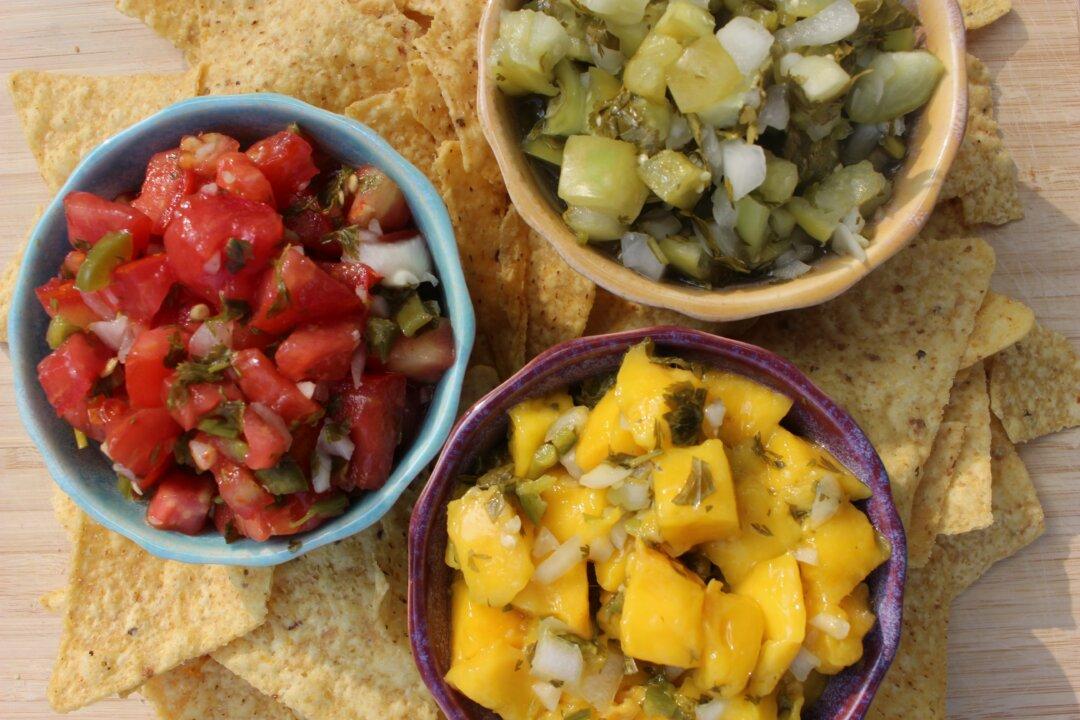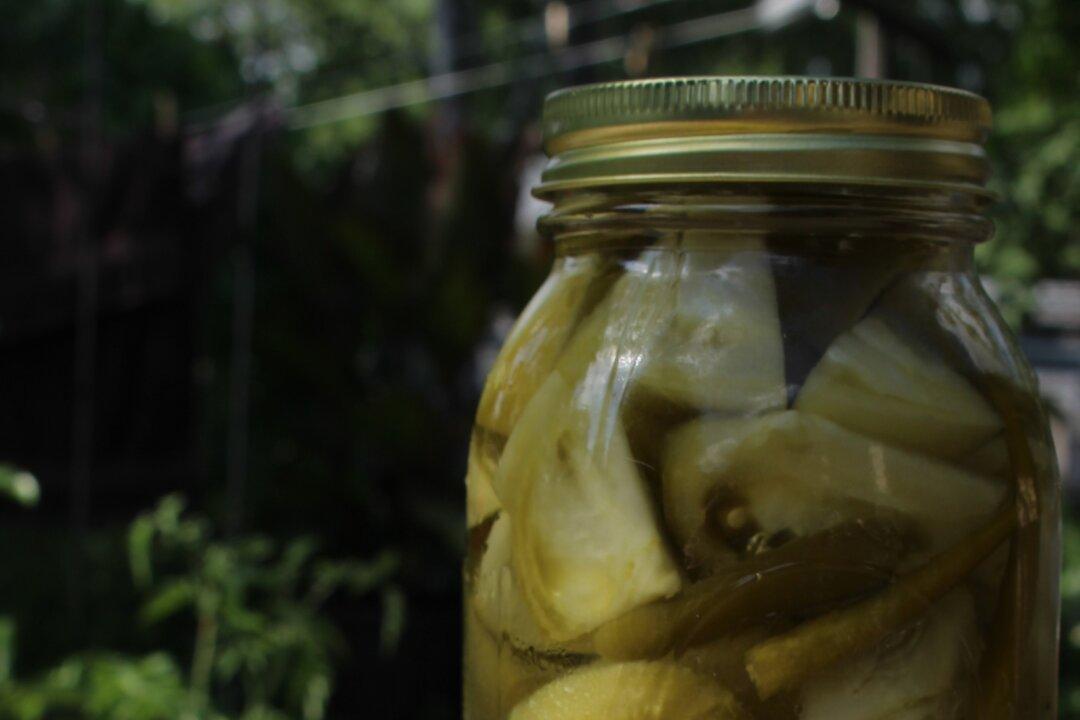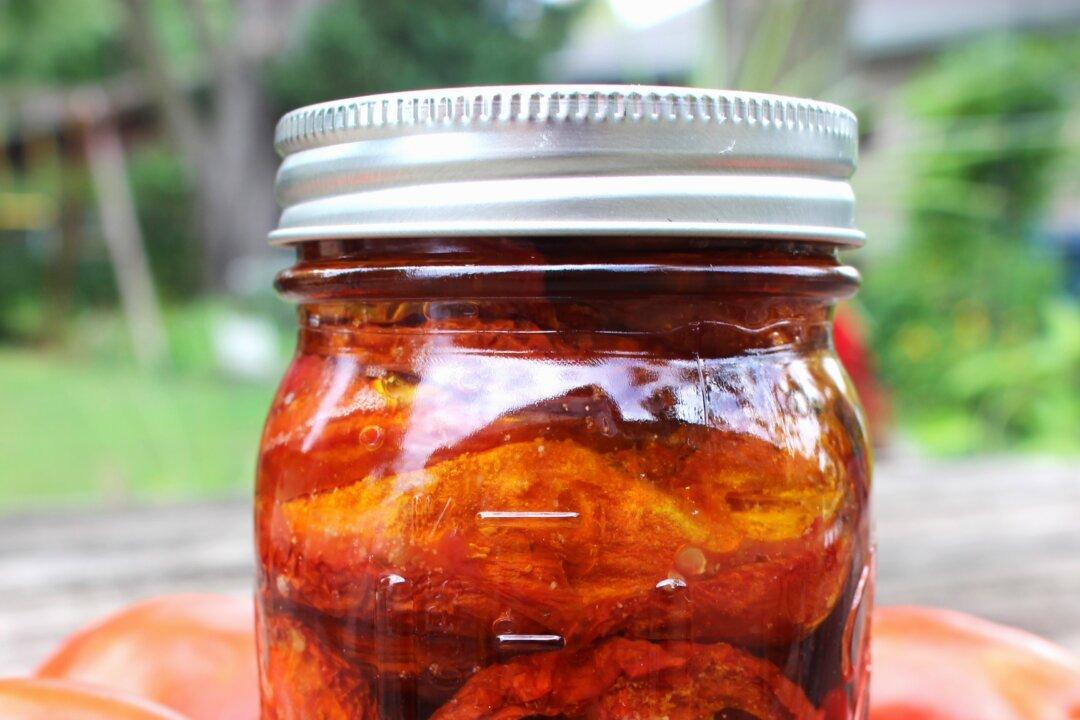Did you know that there are more than 7,000 different varieties of apples in the world? Some are sweet and crisp, others tart and tangy; some soft and juicy, others dense and mild.
Each fall, once the temperatures plummet and the leaves begin to drop, my family and I go to one of our nearby orchards and come home with bags of apples to cook, bake, and can—and simply snack on—throughout October. Some of our favorite recipes include caramel apple Dutch babies, apple butters, cranberry-apple jam, canned apple pie filling, apple crisp, applesauce, and apple jelly.





